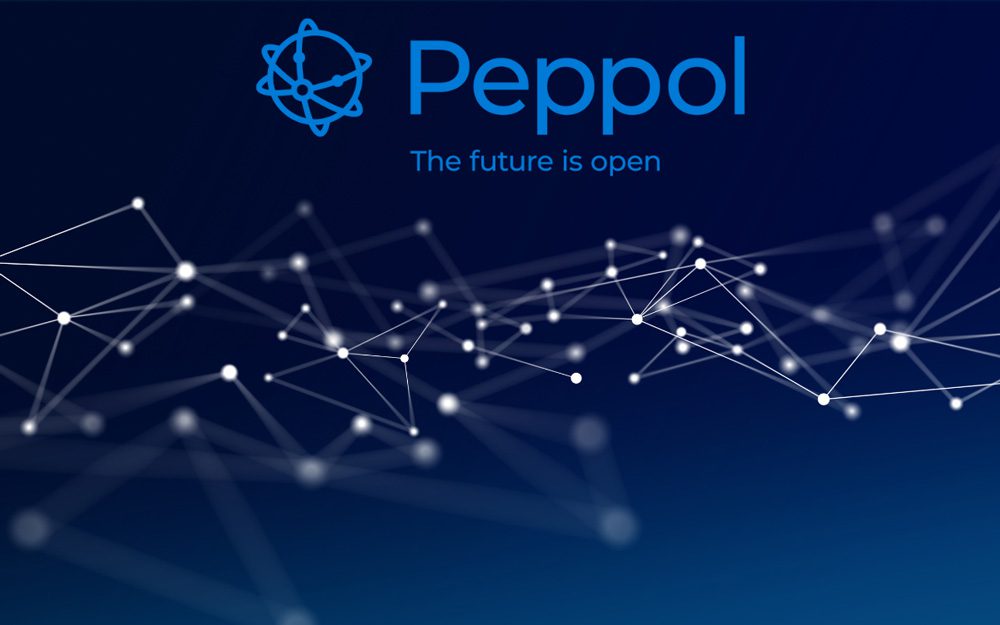Electronic Data Interchange (EDI) is a key process for companies in the automotive industry, which must coordinate thousands of parts and components to manufacture their vehicles.
Forty years ago, this industry was a pioneer in the use of this type of computerized solution. With globalization, automotive companies have had to find a way to integrate their entire supply chain, which is nevertheless dispersed around the world. They also had to find a way to facilitate the management of their just-in-time and lean production.
This is where EDI appeared. EDI makes it possible to transfer important business information more quickly and efficiently. The EDI messages most used by the automotive industry are essential for inventory management, production planning, shipment tracking and invoicing. They make it possible to improve relations between major contractors, such as manufacturers and large equipment manufacturers, and their suppliers (tiers 1, 2 and 3).
In this article, we will review the most commonly used EDI messages in this industry, to better understand their purpose and how they work.
What is EDI?
To start, here is a brief reminder of what is EDI.
EDI (Electronic Data Interchange) is a computerized process that allows companies to transfer commercial data (orders, invoices, shipping notices, etc.) in an electronic and structured way, using standardized formats.
EDI software facilitates exchanges between partners, reducing errors and delays related to manual data entry. They are commonly used in the automotive, retail and logistics sectors, for example.
Standardization of EDI exchanges in the automotive sector
As mentioned in the definition of EDI, the documents exchanged are standardized to ensure that everyone can understand each other. Different sectoral associations are responsible for defining norms and standards for automotive companies:
- GALIA or Groupement pour l’Amélioration des Liaisons Informatiques dans le secteur Automobile, which means, group for the improvement of computer connections in the automotive sector (France);
- ODETTE or Organization for Data Exchange by Tele Transmission in Europe;
- VDA or Verband Der Automobilindustrie (Germany);
- ASC or Accredited Standards Committee (North America).
These associations are at the origin of standards such as EDIFACT or ANSI X12, in particular.
These messages are then exchanged using communication protocols such as OFTP (Odette File Transfer Protocol), for example.
The most used EDI messages in the automotive industry

To simplify the understanding of EDI exchanges, we have grouped these exchanges into 3 categories:
- Commercial EDI messages exchanged between suppliers and buyers;
- Logistics EDI messages exchanged between suppliers and logistics service providers;
- Transport EDI messages exchanged between suppliers and carriers.
Let’s take a closer look at the most used types of Commercial messages and their correspondence according to the standard in place:
| Type of message | EDIFACTmessage | ODETTE message | VDA message | X12 message |
| Delivery schedule | DELFOR | DELINS | 4905 | 830 |
| Delivery just in time | DELJIT | 4915 | 862 | |
| Order | ORDERS | ORDERR | 4925 | 850 |
| Order change | ORDCHG | 860 | ||
| Order response | ORDRSP | REPORD | 855 | |
| Despatch advise | DESADV | AVIEXP | 4913 | 856 |
| Invoice | INVOIC | 4906 | ||
| Payment notice | REMADV | 4907 | 820 |
Here are the main Transport messages:
| Type of message | EDIFACTmessage | ODETTE message | VDA message | X12 message |
| Delivery schedule | DELFOR | DELINS | 4905 | 830 |
| Delivery just in time | DELJIT | 4915 | 862 | |
| Despatch advise | DESADV | AVIEXP | 4913 | 856 |
| Status of deliveries | IFTSTA | 4921 | 304 | |
| Transport order | IFCSUM | 4971 |
Let’s also see the main Logistics messages:
| Type of message | EDIFACT message | ODETTE message | VDA message | X12 message |
| Delivery or procurement advise | DESADV | AVIEXP | 4913 | 856 |
| Notice of receipt | RECADV | 4947 | 861 | |
| Goods movement | INVRPT | STOACT | 4990 | 861 |
| Order preparation | HANMOV | 4980 |
Why is EDI used in the automotive industry?
If EDI is mainly used by the automotive industry, it is because the advantages are numerous for a company choosing such a system. Indeed, it allows to optimize the production processes. It also allows manufacturers and large equipment manufacturers to integrate their entire supply chain.
An Electronic Data Interchange solution allows you to:
- Automate your commercial, logistics and invoicing flows with your equipment suppliers and car manufacturers
- Receive your provisional and firm order programs
- Send your dispatch notices
- Communicate with your carriers and logistics providers or your subcontractors
- Send your movements and stock status
- Send your invoices with a treatment in tax dematerialization …
You are thus able to respond positively to requests for the implementation of EDI systems from your major contractors, while sustaining and accelerating your growth.
Note that if your volume of documents exchanged is relatively low, there is a solution called Web EDI. To learn more, don’t hesitate to consult our blog article on the subject.
TX2 CONCEPT solutions for the automotive industry
The automobile is one of our historical sectors. Today, it represents nearly 40% of our turnover.
Our experience in this sector has led some of our EDI experts to specialize in Automotive EDI. This expertise allows them to better understand the needs of your business to offer you the most appropriate solutions.
Our solutions adapted to the needs of this sector:
- Automotive Web EDI, certified by GALIA
- EDI integrated into your ERP / CAPM
- Electronic invoicing
- Web services integrated into your ERP / CAPE
- Management of synchronous flows
- EDTI for the exchange of plans and technical data.
To find out more about our solutions, do not hesitate to contact one of our experts. We would be delighted to support you in your dematerialization project.

